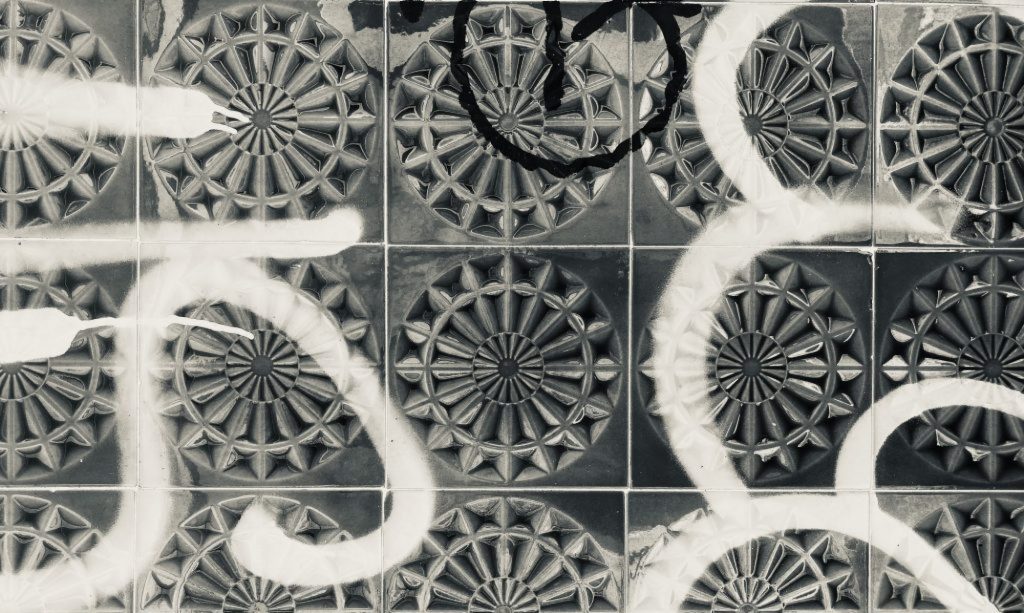Reflections on “The Design Critique and the Moral Goods of Studio Pedagogy” (Macdonald & Michaela, 2019)
The Design Critique and the Moral Goods of Studio Pedagogy (Macdonald & Michaela, 2019) explores what learning the moral goods of design teaching support. It examines the activity of critique and the value it fosters in students and teachers in professional, academic and personal learning. This exploration has helped me develop a clearer, more critical, and nuanced understanding of critique and how the studio environment prepares students for professional and academic practice. At the same time, it highlights that design pedagogy should not strive to be a perfect simulation of professional practice—nor can it be.
In academia, the moral goods of design studio are enacted through critiques, which serve as a “point of access” to professional design practice (Macdonald & Michaela, 2019, p.7). My BSC experience in engineering lacked critiques entirely. When I transitioned to MA-level design education, critiques were present, but their connection to professional practice remained ambiguous. The perception was that critiques primarily influenced my grades, which, in turn, affected my employability. Consequently, I viewed critiques as a siloed academic exercise rather than a bridge between academic and professional design practices. Like many students, I only fully recognised the moral goods of education in hindsight—once professional experiences revealed how critiques had helped develop the critical thinking and interpersonal skills essential in design environments.
In my own teaching, I aim to make the moral goods of critique and studio culture clearer for students. A key objective is to help them develop a holistic understanding of critique, recognising that these activities—whether formal or informal—extend beyond academic assessment and serve as preparation for professional practice. However, it is important not to take an overly pragmatic approach by drawing direct one-to-one parallels between critique and professional practice, as education’s value and goal is broader than professionalisation alone. The relational aspects of education, such as pastoral support and the development of soft skills, have lasting impacts on students’ growth.
For example, the significance of being respected by design professionals as a student—a quality that is difficult to quantify but profoundly meaningful. Similarly, critique plays a role in self-cultivation for educators. Higgins (2010, p.191) states: “…ongoing self-cultivation on the part of the teacher is a necessary condition for fostering self-cultivation in students.” In this way, the moral goods of design pedagogy are not simply a means to an end (professionalisation) but an end in themselves. When critique is conducted respectfully, equitably, and generously, it can contribute to the well-being and fulfilment of both students and staff.
References
Higgins, C. (2010). The good life of teaching: An ethics of professional practice. Journal of Philosophy of Education, 44(2-3), 189-478.
McDonald, J.K. and Michela, E. (2019) ‘The design critique and the moral goods of studio pedagogy’, Design Studies, 62, pp. 1-35. Available at: https://doi.org/10.1016/j.destud.2019.02.001
